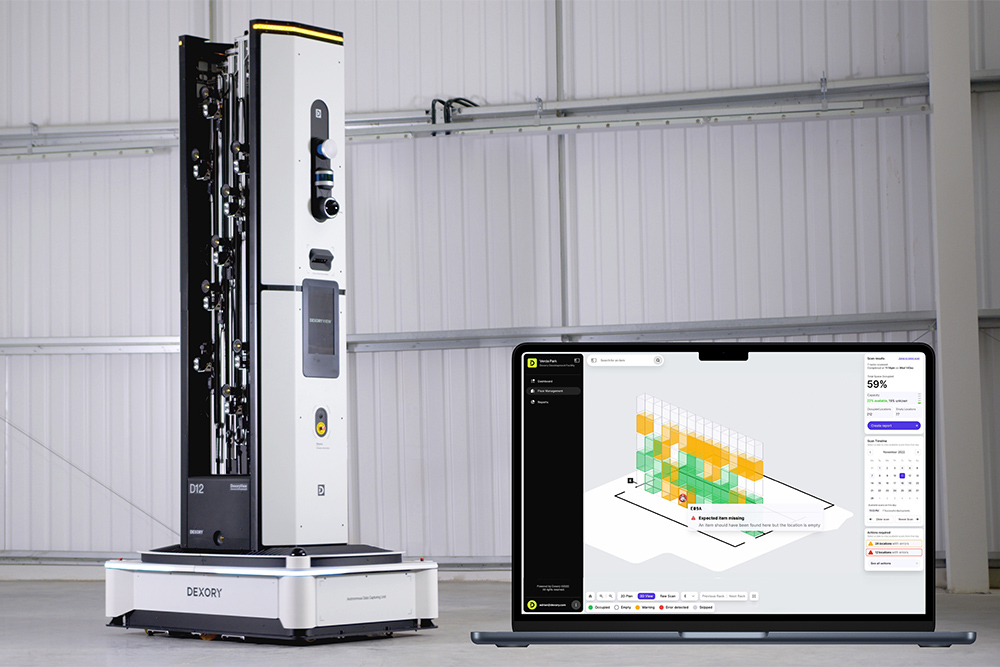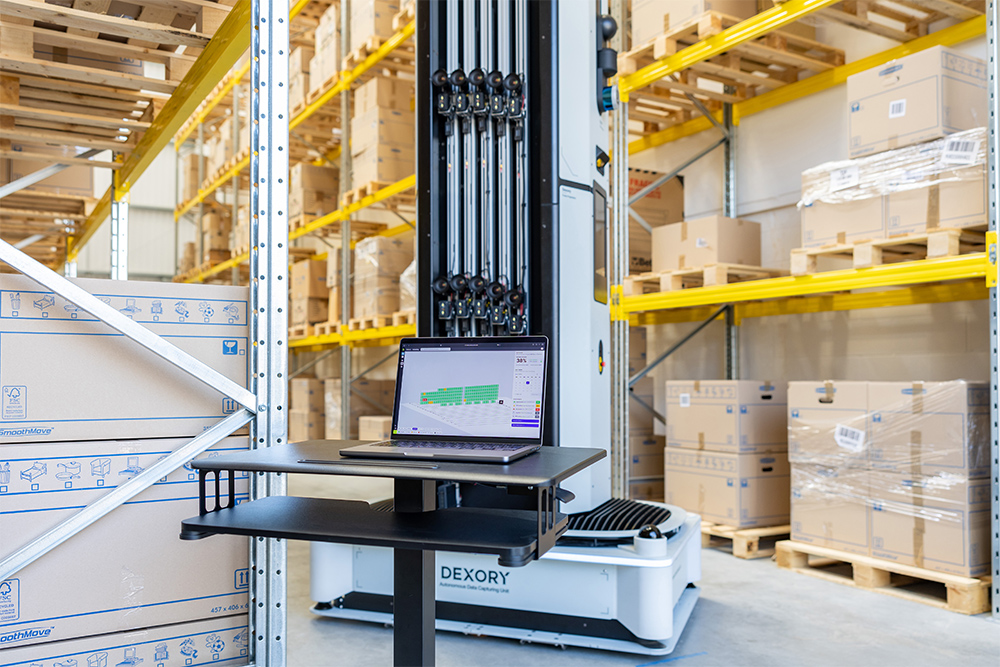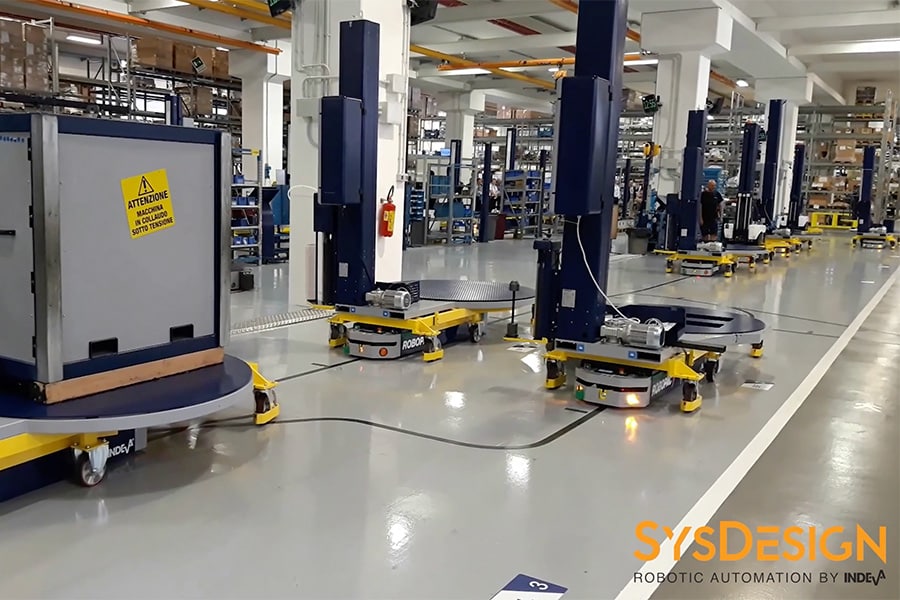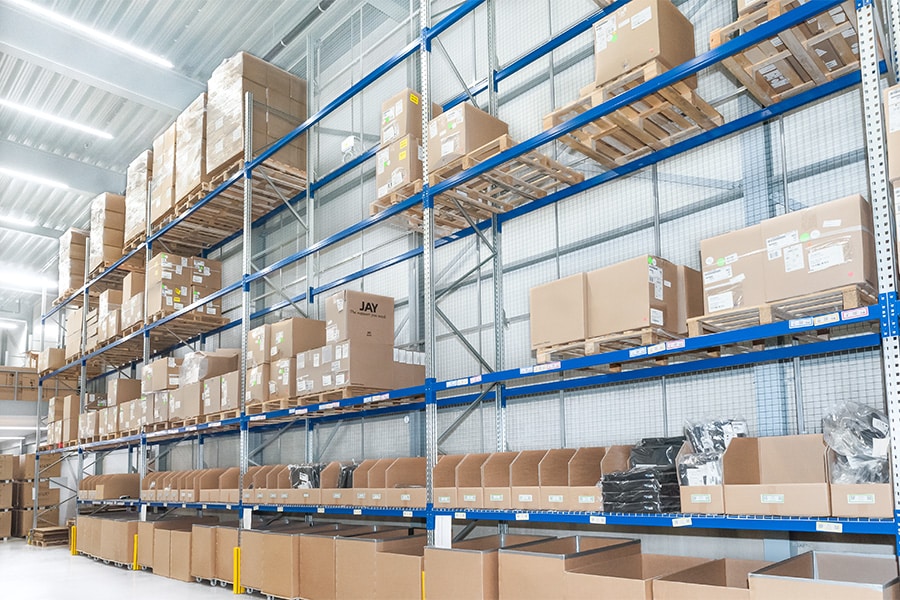
Automation and robotics make logistics sector future proof
The rise of e-commerce has fundamentally shaken the logistics industry. Warehouses that previously relied on traditional manual processes are now faced with the challenge of managing increasing inventory volumes, making the best use of available warehouse space and fulfilling orders with ever-shorter lead times. Against this backdrop, traditional approaches that collect and execute data separately are becoming less and less effective.
Data-driven operations
The technological revolution is rapidly changing the industrial sector. Robotics and automation are leading technologies that are making warehouses more data- and efficiency-driven. By strategically integrating these innovative solutions, warehouses can not only keep pace with the changing landscape, but also realize a significant competitive advantage.
The limitations of traditional storage methods are becoming increasingly apparent. Manual inventory, the cornerstone of inventory management, is a time-consuming and error-prone process. Erroneously inventoried goods, inaccurate counts and wasted time searching for hard-to-find items result in dissatisfied customers and reduced revenues. With the industry already facing labor shortages since the beginning of the pandemic, new requirements in warehouse management put even more pressure on operators. This affects productivity in an organization.
The future of data-driven warehouse management
The use of robotics may not be entirely new in the warehouse, but using them to capture real-time data and have it analyzed by an AI-driven digital-twin platform can close operational gaps in the warehouse. By using autonomous robots to capture data on inventory levels, space allocation and temperatures, these can then be analyzed and processed by teams using digital-twin platforms. Such platforms provide valuable insights into warehouse operations, allowing you to identify exactly - and in real time - where each item is located, which warehouse space remains underutilized and which inventory movements are making a difference. This enables warehouse managers to make data-driven decisions to optimize warehouse space, streamline workflows and ultimately improve efficiency.

Benefits of automation and robotization in warehouses
Implementing automation and robotization in warehouses can offer several benefits beyond just streamlined operations. Consider, for example:
- Stock accuracy
Unlike manual counting, where the potential for human error is high, autonomous robots can count thousands of locations per hour with near-perfect accuracy. As a result, you avoid inaccuracies and always have a clear picture of inventory levels in your organization. - Space optimization
To configure a warehouse layout, you need real-time data on free and used spaces. By strategically placing high-demand items and quickly identifying underutilized spaces, you maximize inventory capacity. - Employee empowerment
Thanks to robotization, which automates repetitive processes such as inventory and stock control, warehouse workers save valuable time. As a result, they have more time to perform other - and more useful - tasks, such as solving complex problems, handling orders and providing great customer service. - Data-driven decision-making
Data that robots diligently collect often contains a wealth of information. With this data, you can predict demand patterns, optimize inventory management (avoiding unnecessary inventories) and make data-driven decisions to increase overall efficiency and productivity in your organization.
Embracing change
The rise of automation and robotics is creating tremendous opportunities for the logistics industry. By strategically integrating these technologies into operations, warehouses are realizing new levels of efficiency, flexibility and growth. This technological transformation requires not only investments in automation, but also a mindset change among employees. Through continuous learning and retraining, warehouse employees can adapt to this changing landscape and thrive professionally in the future of logistics. One thing is certain: the warehouses of the future will be a dynamic environment where people and technology work together to deliver exceptional value and propel the logistics industry forward.




